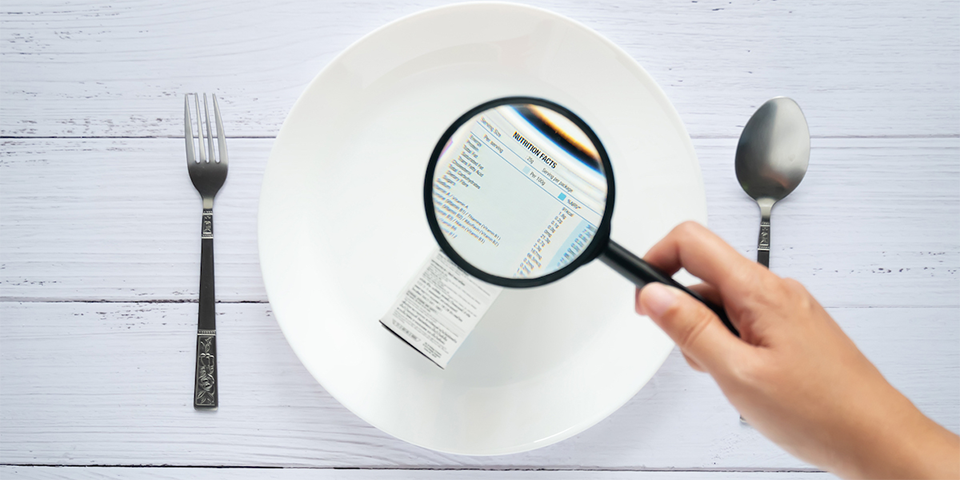The Sneaky Ways Sugar Hides in Your Food
As a whole, we consume massive amounts of sugar in our diet each day even though it has been linked to a slew of health problems such as heart disease, diabetes and cancer just to name a few. In this article we discuss the Sneaky Ways sugar hides in your food.
Sugar is a carb that is naturally found in many foods, including lactose (in milk) and fructose (in fruit). These aren’t necessarily the big problem for your health; it’s the processed and added sugars that pose the biggest dangers and it’s not as easy as you may think to avoid them.
Sugar is in so many foods – much more than you may realize. Soda and other soft drinks are the obvious culprits, with just one can of soda having as much as 7 teaspoons of sugar – but that’s not all you need to watch out for.
Low fat “diet” meals often contain plenty of sugar to make up for the lower fat content and to stop it tasting bland. Processed foods in general have added sugar, including snacks and ready-made sauces. You may not realize, but even bread can be a victim of sugar! This is why checking your food labels is key to ensure your diet isn’t falling victim to sugar.
What Does Sugar Do to Your Health?
Too much sugar essentially spikes your blood sugar levels and then leads to a big dip. You might get a sugar high in the short term but it’ll be followed by a crash that affects your mood and makes you crave more sugar. This vicious cycle is one of the main reasons why sugar is so heavily linked to obesity as it encourages you to keep eating more sugar.
The health problems associated with sugar can go far beyond this though. One of the main concerns is focused on high fructose corn syrup. Fructose in fruits isn’t all that bad and this can fool you into thinking that high fructose corn syrup can’t be that dangerous either. In reality, it’s one of the worst types of sugar you can consume. It’s a major ingredient in a lot of foods these days as it’s cheap to produce, so it’s definitely one to watch out for and stay away from as much as you can.
Why is it a problem? Our ancestors didn’t eat fructose other than the amount that was naturally included in fruit and some vegetables. Your liver can metabolise fructose to a large extent but when it reaches the tipping point, it starts turning it into fat instead and this is where the health problems begin. In the modern world, a lot of us eat more fructose than the body can handle.
Eating too much fructose can make your liver inflamed and start building up fat. It also encourages uric acid to be produced, which raises your blood pressure and even leads to gout. More worryingly, it also affects blood lipids and cholesterol levels, which can lead to cardiovascular problems and type 2 diabetes.
You’re better off choosing whole fruits (rather than fruit juices) or juice your own fruits as the fructose in these is naturally occurring and in no way a danger to your health. You’ll also get more fibre from whole fruits and you’d have to eat an unrealistic amount for their fructose content to become a cause for concern.
Mix natural sugars with protein to balance your blood sugar levels and to stop the sugar being absorbed into your bloodstream as quickly. For example, team a piece of fruit with a handful of nuts or some yogurt. This can also help to curb cravings too.
What to Look For?
Sugar often won’t be included in the ingredients as sugar. Food manufacturing companies are getting crafty when it comes to labeling their products. Sugar can be labelled as a long list of other names and it can be hard to really understand what you’re eating. Anything ending in “ose” is an obvious giveaway, including glucose, sucrose (better known as table sugar), fructose and maltose.
Less obvious signs that something contains sugar are syrups such as rice syrup and corn syrup. And then there’s the big one – high fructose corn syrup.
“Sugar free” foods generally contain artificial sweeteners such as sucralose and aspartame. Studies have suggested that these don’t do a lot to satisfy sugar cravings and may actually make you overeat. There are also concerns that they may pave the way for health problems.
If these types of ingredients are high up on the list, meaning they are in the first few ingredients listed, then you know that there’s a good amount of sugar hiding in the food!
Today, go through your pantry and check your labels. What has hidden sugar in it?
Or join the next No-Sugar Challenge after Shavuot and get the support and accountability to find healthy alternatives to sugar without overwhelmed BUT with ease.



